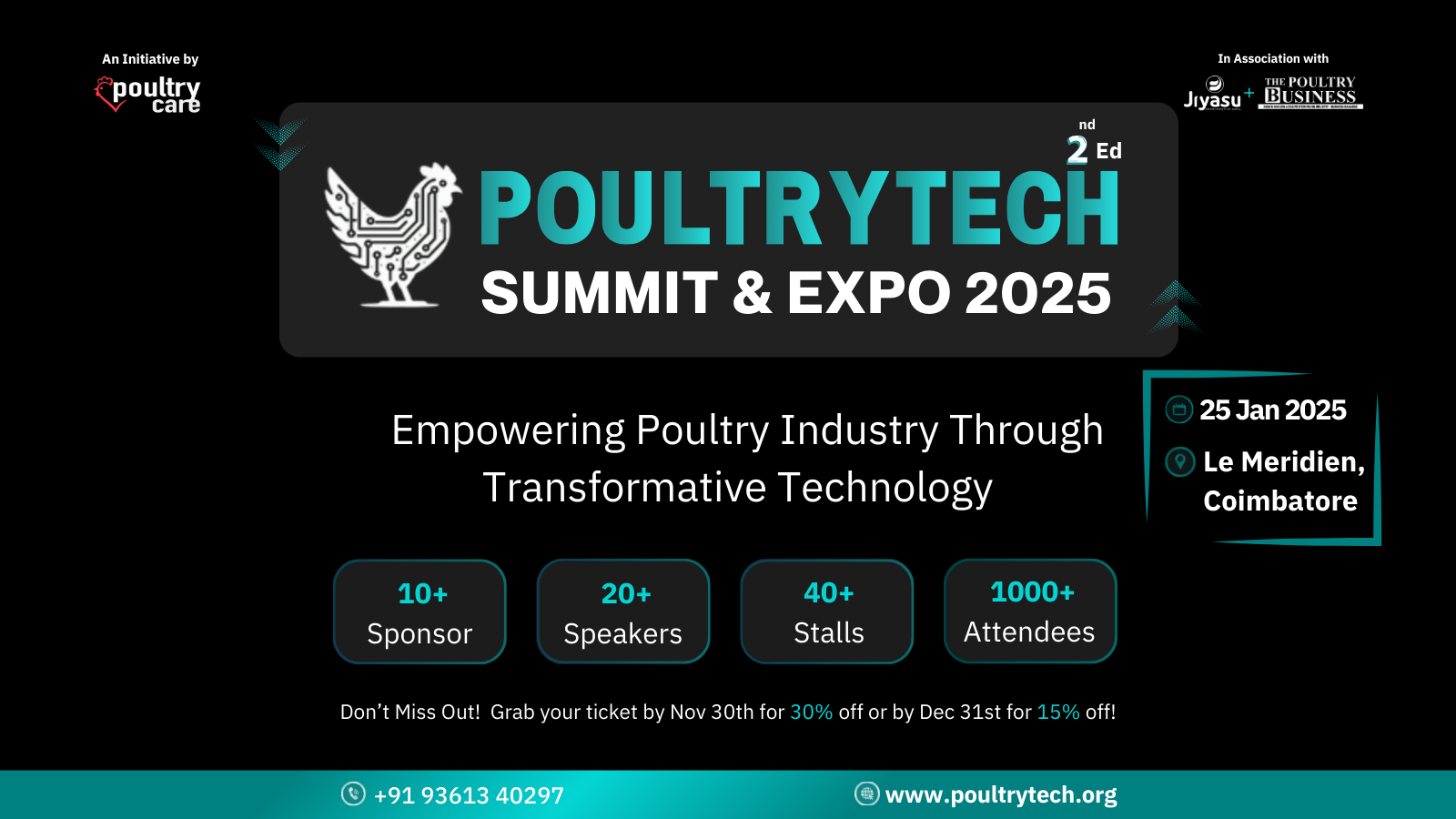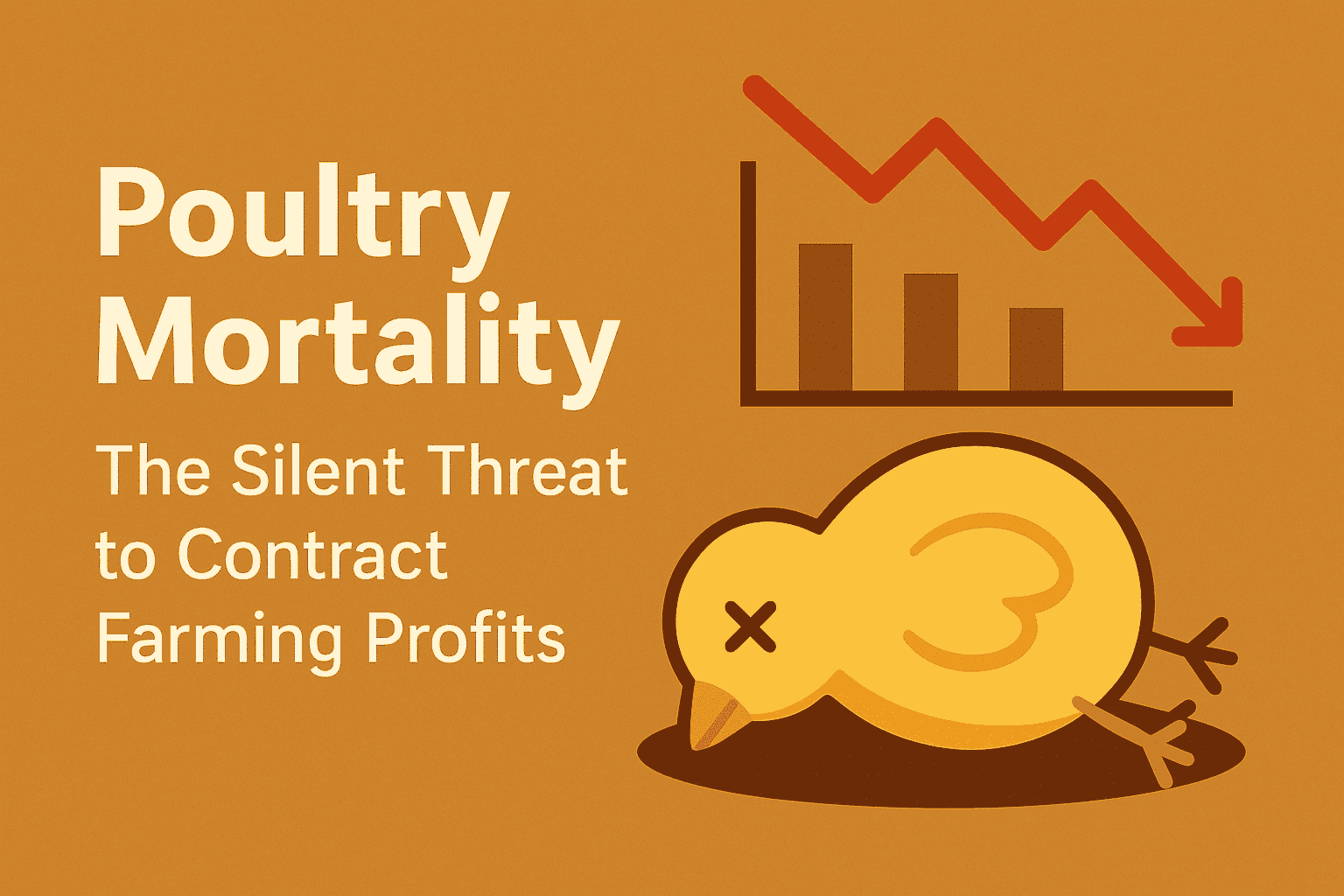As someone who has walked the path alongside poultry farmers, blending technology with hands-on farm knowledge, I understand that managing a poultry feed mill is no easy task. One common challenge is bird shrinkage — the loss of weight or birds during processing — which directly impacts profitability. But what if you could track this shrinkage supplier wise? This means knowing exactly which suppliers' birds are causing more losses, so you can take informed actions to reduce shrinkage and improve your business.
In this blog, I’ll share insights on how supplier wise bird shrinkage tracking can be a game-changer for your feed mill operations. We will dive into why shrinkage happens, how to monitor it effectively, and practical ways to prevent losses.
Why Supplier Wise Shrinkage Tracking Matters
Shrinkage is often seen as an unavoidable part of poultry processing, but that’s not entirely true. Many losses can be controlled once you understand where and why they happen. Tracking shrinkage supplier wise gives you detailed insights — helping you identify problem areas, negotiate better contracts, and ensure quality raw material supply. This focused tracking supports smarter decision-making that leads to tangible profit improvements.
Common Causes of Bird Shrinkage in Feed Mills
Bird shrinkage can result from several factors including poor handling during transport, stress, disease, or suboptimal storage conditions. Understanding these causes allows you to set up tracking measures specific to each supplier, so issues can be detected early and addressed proactively. By knowing the root causes per supplier, you avoid lumping all losses under general ‘shrinkage’ and start targeted problem-solving.
Steps to Implement Supplier Wise Bird Shrinkage Tracking
Begin with collecting bird weights at receiving and after processing, categorizing by supplier. Maintain consistent monitoring by recording data regularly to spot trends over time. Analyze shrinkage percentages for each supplier and compare to identify discrepancies. Collaborate with suppliers showing higher shrinkage to improve transport, health checks, or feeding practices. Establish ongoing communication with suppliers for continuous improvement.
Tools and Techniques for Effective Shrinkage Monitoring
Although manual record-keeping is possible, adopting digital tools can simplify and improve accuracy. Spreadsheet templates, simple software solutions, or even basic cloud-based platforms can store, track, and visualize shrinkage data supplier wise. Visual dashboards can help your team quickly identify problem suppliers and take timely action.
Real Benefits from Shrinkage Tracking and Loss Prevention
Poultry farmers and feed mill managers I’ve worked with report significant benefits from this approach: better supplier accountability, reduced wastage, improved feed conversion ratios, and ultimately increased profitability. The transparency gained strengthens supplier relationships and promotes quality improvements across the supply chain.
Conclusion
Loss prevention through supplier wise bird shrinkage tracking is a practical, achievable step that can transform your feed mill operations. By embracing detailed tracking, regular analysis, and supplier collaboration, you not only minimize losses but also build a stronger, more efficient business. Start today by organizing your data and talking to your suppliers — better control over shrinkage means better profits tomorrow.




